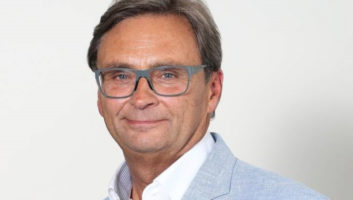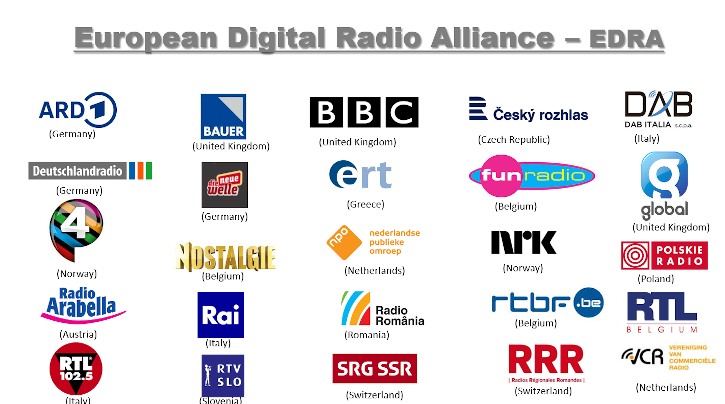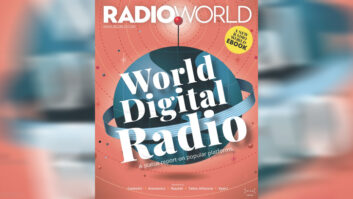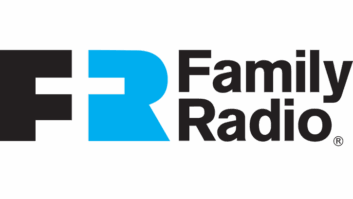 The author is chairman of the European Digital Radio Alliance (EDRA). This is one in a recurring series of commentaries from and about WorldDAB.
The author is chairman of the European Digital Radio Alliance (EDRA). This is one in a recurring series of commentaries from and about WorldDAB.
The European Digital Radio Alliance is a joint initiative bringing together 25 members from 13 European countries.
Its members represent public and commercial broadcasters from across the continent, several hundred large and small radio stations along with a few hundred million listeners.
One of EDRA’s key priorities has been to promote digital radio, and ensure it is included in the new European Electronic Communications Code. Digital terrestrial radio is now compulsory for new passenger cars sold across Europe, and member states have the possibility to extend this obligation to domestic receivers.
[Read: Commentary: DAB+ Takes Center Stage]
In November, EDRA decided to adopt a manifesto in the face of digital developments, and raise awareness regarding radio stations’ growing dependence on certain digital giants, and the dangers that entails.

By putting their content on the platforms of these tech giants, radio stations become increasingly dependent on tech giants and enable them to act as gatekeepers. Therefore they are becoming the new digital competitors of our radio stations, weakening them as they attract more listeners, make limited national production investments, and reduce the pool of choice of consumer and radio stations’ exposure on digital platforms.
We firmly believe that the intervention of commercial third-party platforms, mediating the relationship between the broadcasters and the listeners, is detrimental to the level playing field which has existed in European countries until now.
At EDRA, we aim to promote together a radio distribution strategy based on a secure, direct route to reach audiences, independent of the technologies employed. In this context, we would underline the importance of broadcast distribution in maintaining continuity of service for public safety in emergency conditions.
We have outlined two strategies to face these challenges — the first one is to facilitate collaboration within our industry. While we continue to compete on content, we need to bring the industry together to maintain a strong basis for radio around Europe and stay attractive to our listeners.
We also need to secure direct access to our listeners by favoring common platforms that allow for the growth of radio — DAB+ digital radio being the obvious one — but also by develop attractive digital platforms that will allow us to step away from third parties who are less likely to invest in our economies.
The success of DAB+ is based on cooperation between radio stations, and we are seeing strong growth in DAB+ listening across several European markets as the migration of radio audiences to digital continues.
Digital distribution, both terrestrial broadcasting and internet, is inevitably the future of radio; it will continue to deliver listener benefits around supplementary data and flexible on-demand provision.







